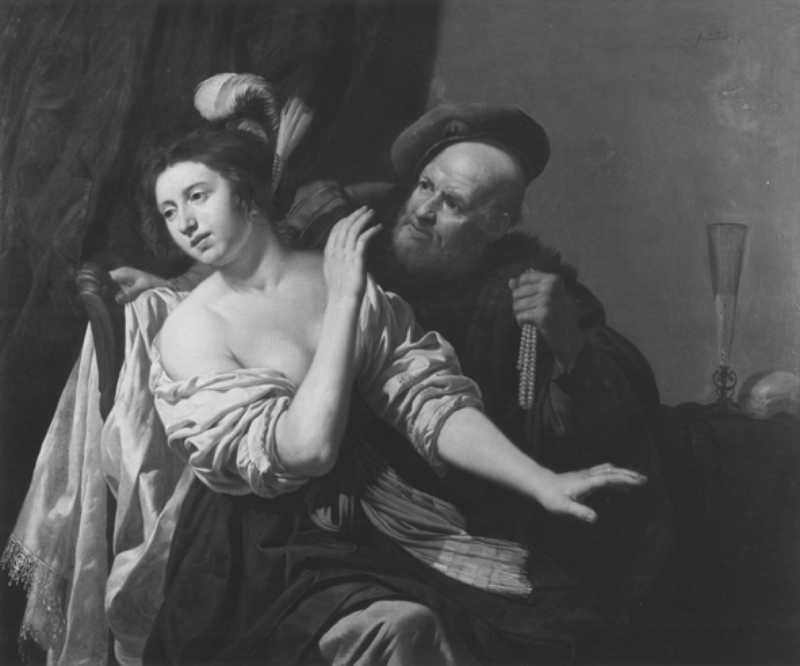Fill For Me a Brimming Bowl
Fill for me a brimming bowl
And let me in it drown my soul:
But put therein some drug, designed
To banish Woman from my mind:
For I want not the stream inspiring
That heats the sense with lewd desiring,
But I want as deep a draught
As e’er from Lethe’s waves was quaffed;
From my despairing breast to charm
The Image of the fairest form
That e’er my revelling eyes beheld,
That e’er my wandering fancy spelled.
‘Tis vain! away I cannot chase
The melting softness of that face,
The beaminess of those bright eyes,
That breast – earth’s only Paradise.
My sight will never more be blessed;
For all I see has lost its zest:
Nor with delight can I explore
The Classic page, the Muse’s lore.
Had she but known how beat my heart,
And with one smile relieved its smart,
I should have felt a sweet relief,
I should have felt ‘the joy of grief’.
Yet as a Tuscan ‘mid the snow
Of Lapland thinks on sweet Arno,
Even so for ever shall she be
The Halo of my Memory.
-John Keats
Enjoy Artistic Representations of “Fill For Me a Brimming Bowl” by John Keats

Jan van Bijlert – The Rejected Offer, 1635-1645.

Florence from the river Arno by Giuseppe Zocchi, ca. early 1700s.
Listen to Readings of “Fill For Me a Brimming Bowl”
Watch this Theatrical Interpretation of “Fill For Me a Brimming Bowl” by John Keats
John Keats Biography
Keats was born in London on Oct. 31, 1795; a few weeks later he was baptized at St. Botolph Without Bishopsgate Church, near where his parents lived and father worked as the manager of a stable owned by his father-in-law. Keats was the eldest of four children, with George, Tom, and Fanny following him. The family was well off enough that the boys were sent to Clark’s Academy in Edmonton at what is now the north London borough of Enfield for their education; it was riding his horse home from a visit to the school that Keats’ father fell and died the next day. His mother remarried (rather quickly, in fact), fought with the rest of the family, and died fairly young from consumption or tuberculosis, which was all too common at the time and would eventually claim the life of Keats’ youngest brother, Tom, as well as Keats himself.
He was apprenticed to a local doctor, but the relationship didn’t seem to work too well. He ended up working at St. Guy’s Hospital in the Southwark district of London, continuing his medical training and writing poetry (the site of the original St. Guy’s in now occupied by London’s tallest office building, known locally as “The Shard”).
While Keats had numerous city connections (Anita Miller also has a “Keats in the City” walk), it is with Hampstead that he is most closely associated. Fellow poets lived there, as did the editor who first published his poetry. Artists whom Keats associated with lived there. Keats himself would move there with his brothers. Keats and his friends would wander Hampstead Heath, talking and arguing poetry and the issues of the day. After moving into Wentworth House in Hampstead, Keats wrote five of six famous odes, including “Ode to a Nightingale.” And it would be at Wentworth House in Hampstead that Keats would realize that he was dying from the same disease that took his mother and younger brother.
Enjoyed Fill For Me a Brimming Bowl by John Keats and want to know more about Keats’ life? Try A Month With Keats: A Walk Into His Life
That’s it for Fill For Me a Brimming Bowl!
BUY ‘HOW TO WRITE A FORM POEM’ NOW!
